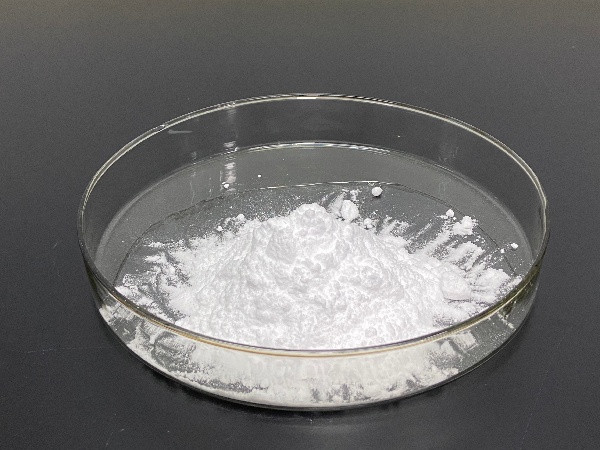Lysozyme, an enzyme favored and loved by all walks of life, began with Nicolle's publication of the report on the lytic factor of Bacillus subtilis in 1907, and two years later Laschtscbenko pointed out that egg white has a strong antibacterial effect and is the result of enzymatic action. In 1922, Fleming, a British bacteriologist and father of penicillin, found the highly active lysozyme in egg whites, known for its ability to resist bacteria and other microorganisms, and was named lysoenzyme.
Source
Lysozyme is widely found in various biological tissues, such as egg whites of birds and poultry, tears, saliva, plasma, milk and other liquids of mammals, and even microorganisms contain this enzyme, of which egg white is the most abundant. According to the source of lysozyme, it can be divided into plant lysozyme, animal lysozyme and microbial lysozyme.
At present, lysozyme in plants has been isolated from papaya, turnip, barley, fig, cabbage and other plants, with a large molecular weight, about 24000~29000.The activity of plant lysozyme against micrococcus is not more than 1/3 of that of egg white lysozyme, but the decomposition activity of colloidal chitin is 10 times that of egg white lysozyme.
Lysozymes in humans and mammals are found in tissues and secretions of humans and many mammals. This enzyme is known to be found in human tears, nasal mucus, saliva, milk, and other secretions, as well as in liver, kidney, lymphatic tissue. Human lysozyme is very similar to the advanced structure of egg white lysozyme, which is 3 times more active than egg white lysozyme. In addition, lysozyme is also isolated from cow and horse milk, and its physical and chemical properties are basically similar to human lysozyme, but the structure is unknown, and its lytic activity is much lower than that of human lysozyme by about 3,000 times.

Antibacterial mechanism
Lysozyme is a protein defense factor and an important immune factor for animals themselves. Hydrolases act specifically on microbial cell walls by breaking down insoluble mucopolysaccharides into soluble glycopeptides by breaking down insoluble mucopolysaccharides into soluble glycopeptides by breaking down the insoluble mucopolysaccharides in the cell β wall and causing the contents of the cell wall to break down and dissolve bacteria. Lysozyme can also directly bind to negatively charged viral proteins and DNA, RNA, and de-auxin proteins to form complexes to inactivate viruses. Therefore, it is also called cytoplasmic enzyme.
Medical applications
In medicine, lysozyme is an effective antibacterial agent with antibacterial, anti-inflammatory, antiviral and other effects. Clinically, lysozyme is widely used in the treatment of parasinusitis, pharyngitis, flat warts, etc., and can also be used for the prevention and treatment of viral hepatitis, especially post-transfusion hepatitis and acute hepatitis. In addition, exogenous lysozyme will further enhance the killing of bacteria in the body, and for patients requiring endotracheal intubation and difficult-to-treat pneumonia, endotracheal lysozyme may be a viable adjunct to conventional treatment. In addition, human lysozyme can also be used as a diagnostic indicator for many diseases.
Post time: 2025-08-25
